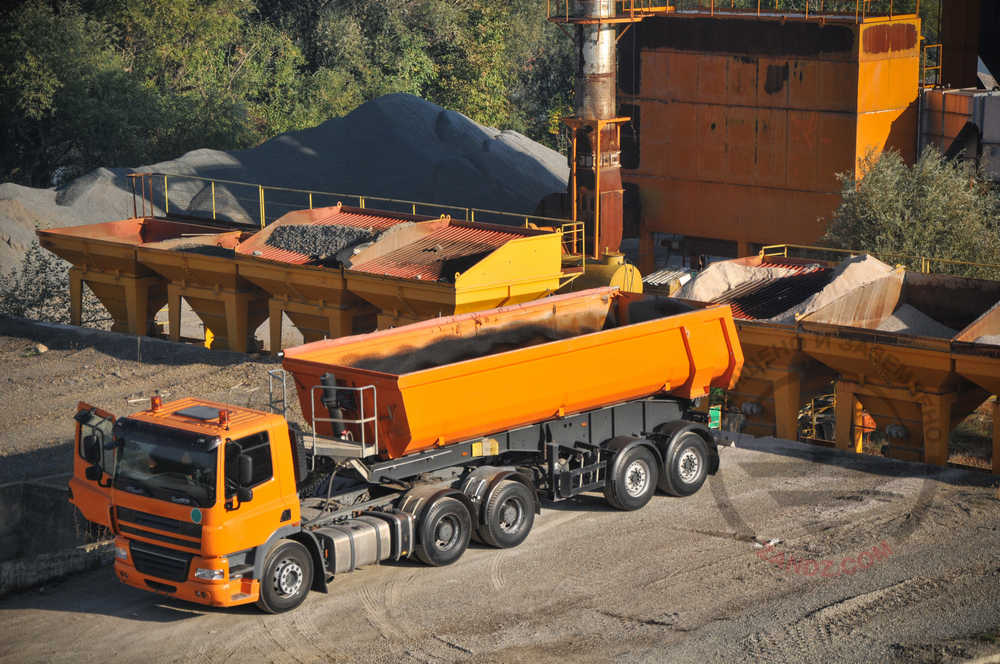27.03.15 , , ,
According to the US National Weather Service, lightning strikes happen with the frequency of 100 times per second. The unpredictability of lightning presents itself a special danger, which can cause huge damage, especially in areas with flammable materials or highly sensitive electrical equipment. For this reason, the objects of oil and gas industry are particularly vulnerable to lightning.
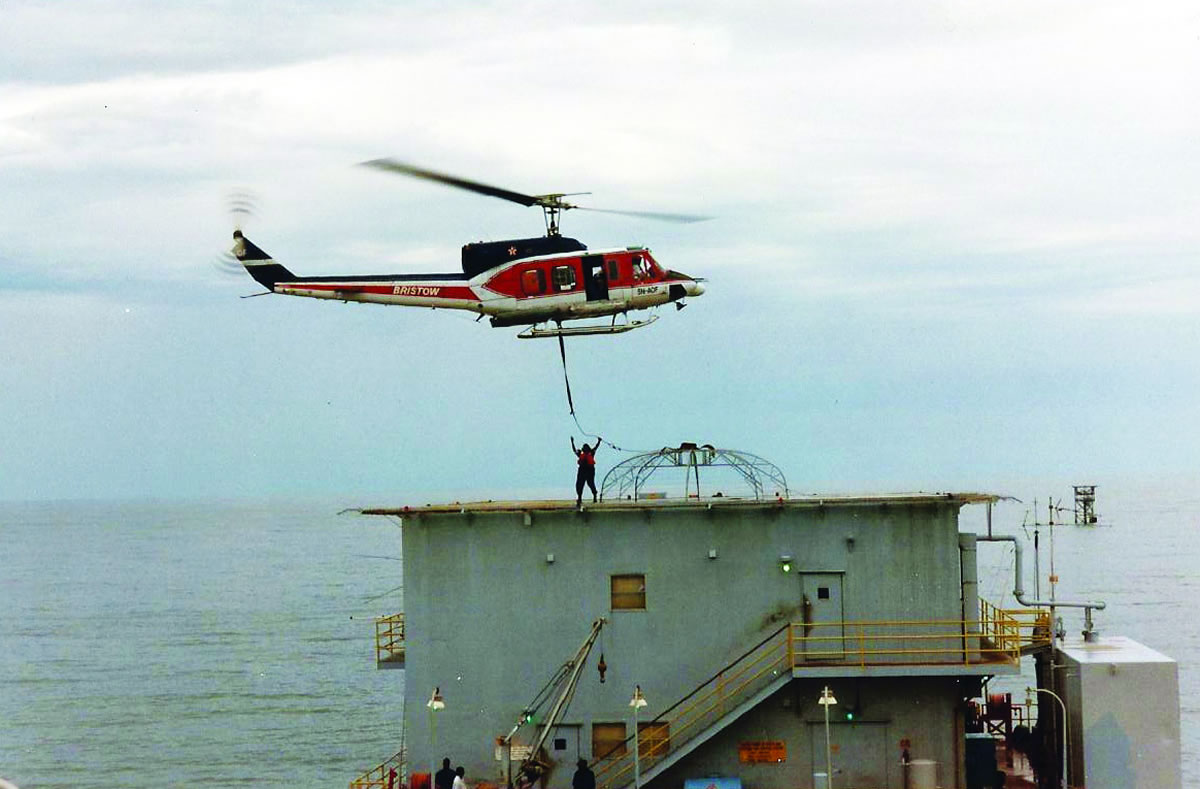
Although lightning is less likely to hit open water, there is still a risk to offshore drilling rigs and oil platforms. In fact, due to global changes in the atmosphere and, as a result - in the weather, storm clouds are formed in places where none existed previously. Consequently lightning appear there, where before it was safe. The frequency of lightning strikes is growing worldwide. Objects of different sectors that previously did not know the devastating effects of lightning are likely to be exposed to this element in the nearest future.
One lightning strike can cause catastrophic damage in the form of human lives, faulty equipment and multimillion monetary losses due to downtime. For example, in Kansas сity in 2008, a tank with 1.2 million gallons of gasoline was on fire after a lightning strike and in 2012 in Malaysia, a similar incident led to a loss of $ 40 million. And ExxonMobil Company in Singapore, before having installed lightning protection, lost one work day each week due to the signaling system, driving the crew to leave the dangerous zone.
A common misbelief is that the offshore rigs and platforms "are grounded in the ocean" and therefore there no danger from lightning there. However, the truth is that the advanced electrical and electronic systems on offshore rigs may be particularly vulnerable for direct attacks, and secondary effects. Oil and gas companies are looking for solutions that will allow to avoid unprofitable downtime without harm to performance and safety during foul weather.
Traditional lightning rods work on the principle of collecting lightning and discharging it into the ground. This technology has been used for over 200 years and it is very effective in terms of protection of buildings and other structures from direct lightning strikes.
But collection of lightning is not suitable for objects that contain flammable and other hazardous materials, subject to high risk of fire or damage of electronic systems. Fortunately, there is an alternative. Charge transfer technology prevents direct lightning strikes, protecting expensive equipment. Dissipation array system (DAS) prevents formation of lightning in the protection zone, collecting the induced charge, released by the storm clouds, and passing the discharge through the ionizer into the surrounding air.
DAS system is available in various configurations and various sizes, but typically consists of a hemisphere of a large radius with an array of a plurality of thin metal with splines with sharp ends. DAS is usually installed on top of the structure to be protected (Fig. 1).
This technology is based on the principle of creating a positive charge in the surrounding area over the object to be protected and decrease the surface tension of the electric field to the level of a possible formation of a lightning strike (Fig. 2). Without streamers coming from structures, lightning leader (the first stage of the formation of lightning discharge) is likely to be connected with streamers coming from unprotected objects in close proximity, or by any conventional lightning rods.
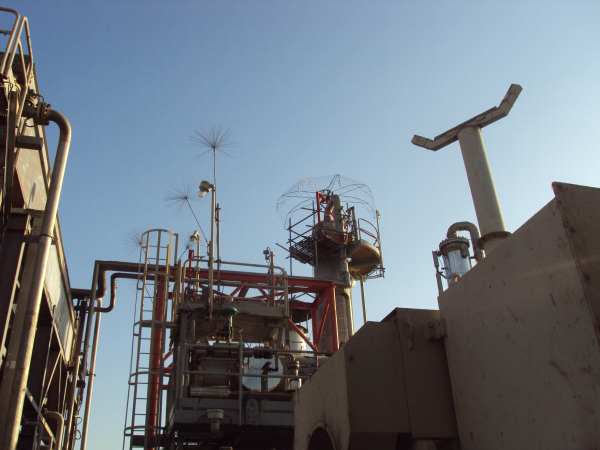
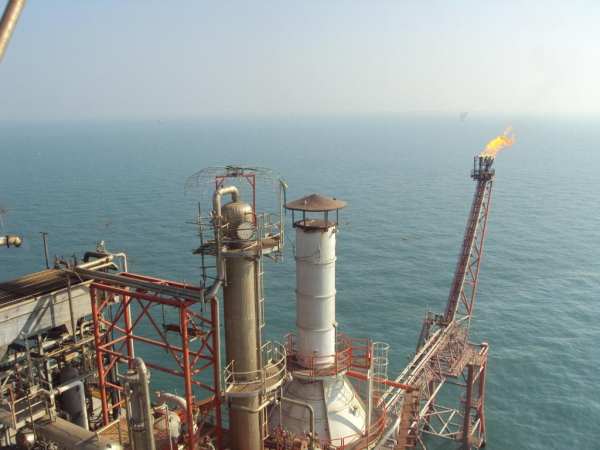
For today, Lightning Eliminators & Consultants, Inc has installed more than 3000 lightning protection systems in more than 70 countries and across the United States, including offshore platforms in Mexico, Egypt, Nigeria, Malaysia and South Korea.
Of course, the potential danger is not only in direct lightning strikes. Secondary effects also harm electrical appliances and equipment, and protection of sophisticated equipment is a big issue in the energy sector. Dynamic stabilization, drilling hardware and software management, and other management systems of rigs and platforms are essential. One should not forget about it.
See also:
- Free webinars for designers with Professor E.M. Bazelyan
- Free webinars with Dr. M. Loboda (Poland)
- The article "Lightning protection of oil and gas facilities"
Related Articles:
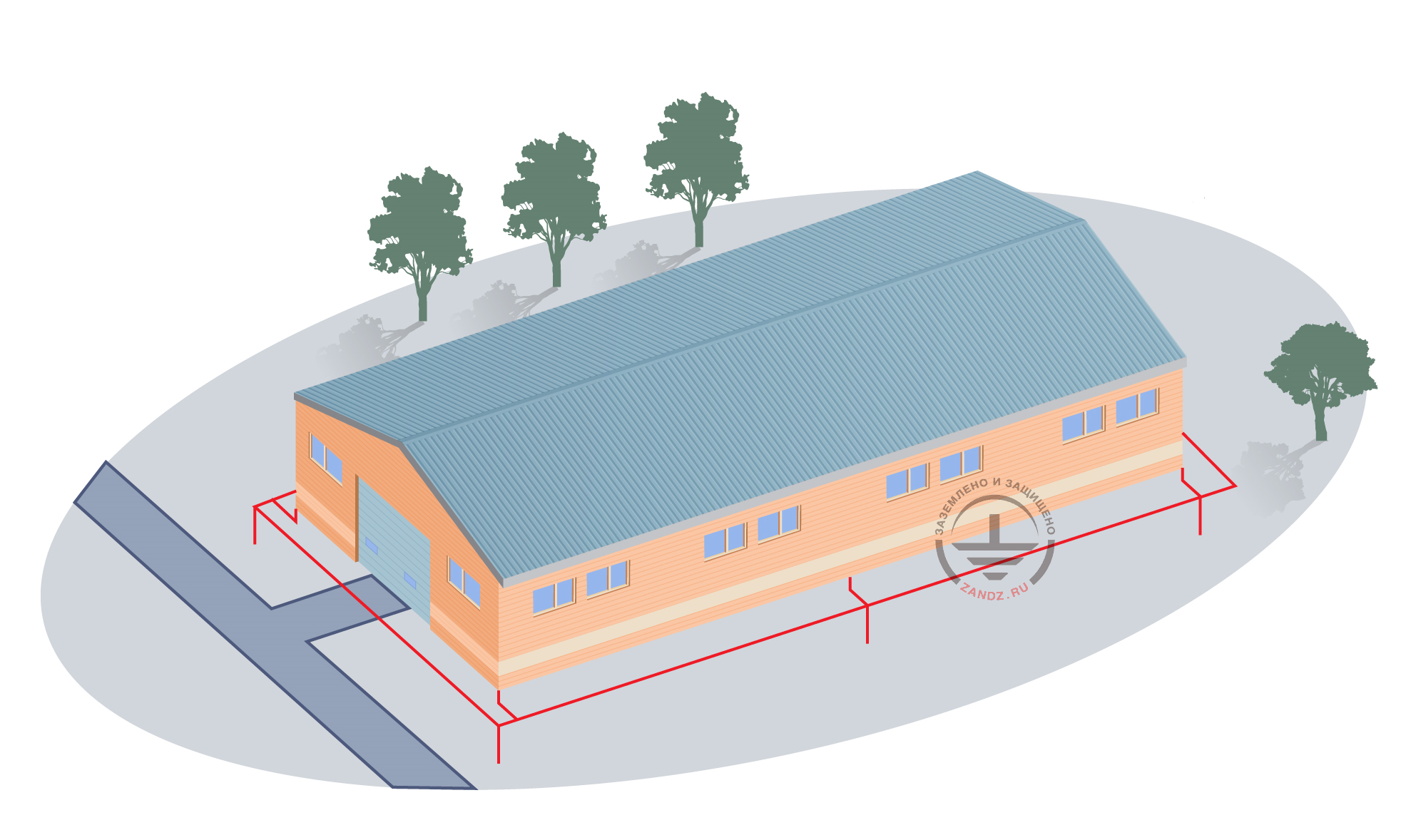
.png)
